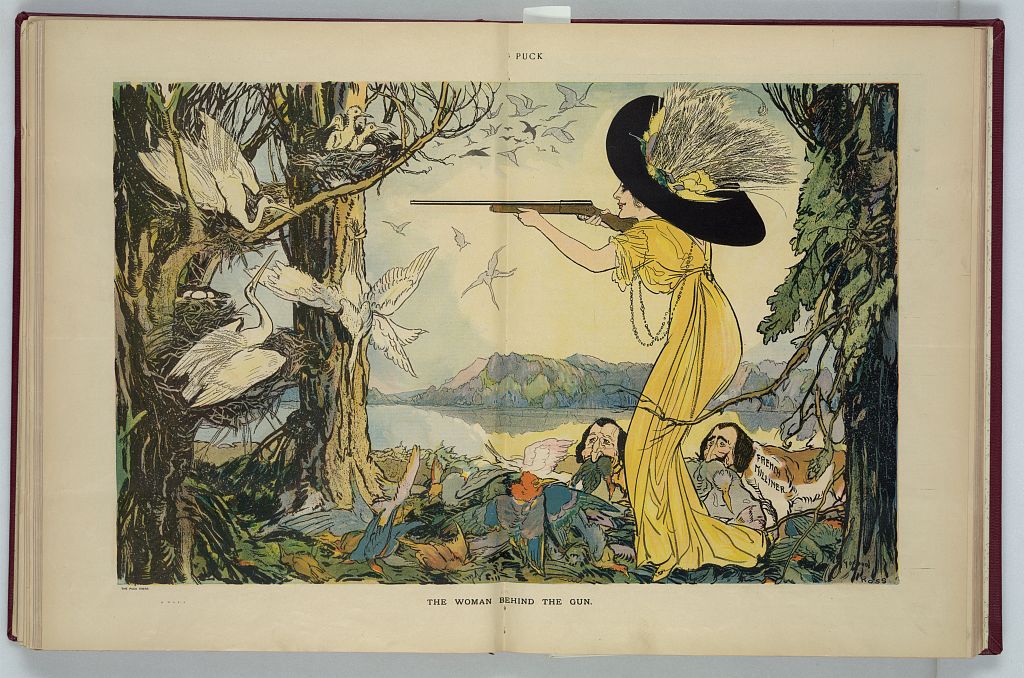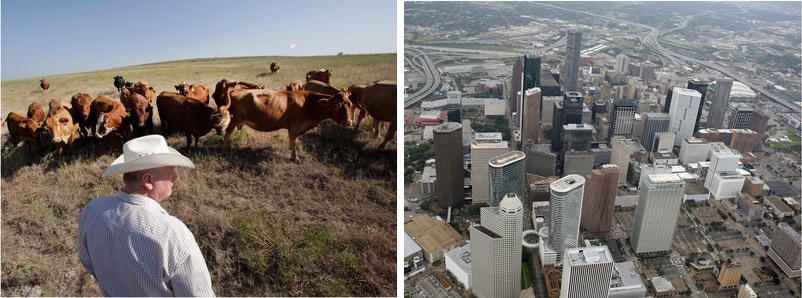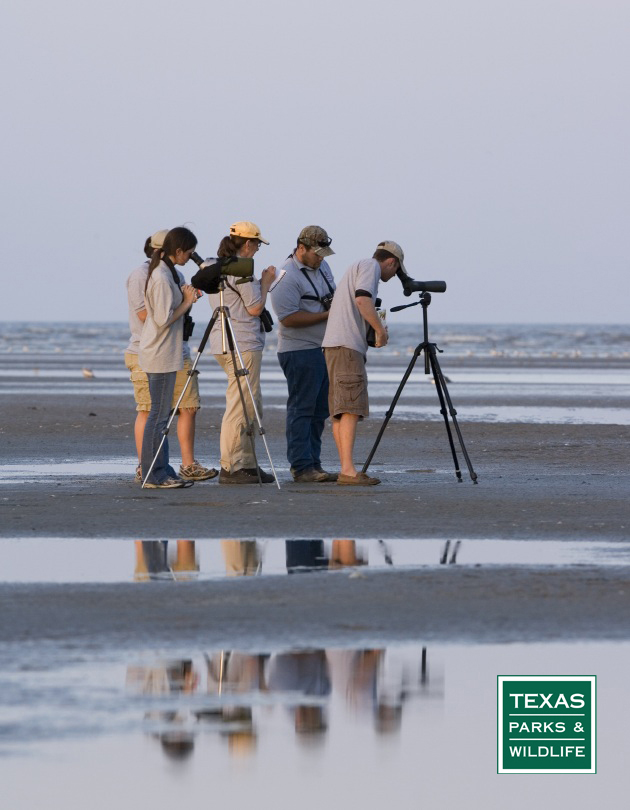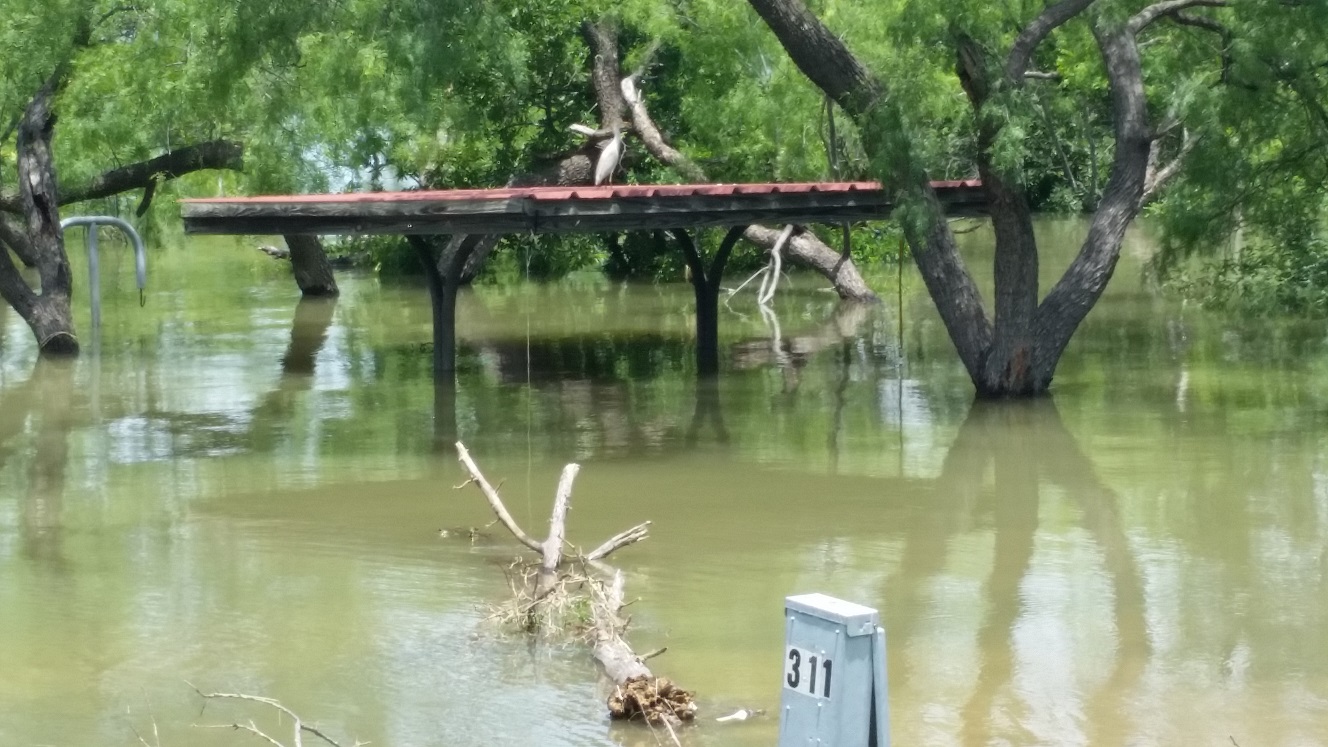The Women Who Saved Migratory Birds
July 9th, 2015This is Passport to Texas
At the turn of the 20th century fashionable women wore hats decorated with feathers, wings and even entire taxidermied birds.
08- What began to happen was, a huge amount of hunting of specific migratory birds for their plumes–and their plumes only.
Urban Wildlife biologist, Kelly Simon, says unregulated market hunting to meet the demand led to destruction of whole bird breeding colonies.
13- And people began to realize that the effect of this unregulated taking of wildlife was putting a lot of pressure on the natural populations of these animals. So, they were declining at an alarming rate.
In 1896, after reading an article describing the plume trade, Boston socialite Harriet Hemenway, convinced women of social standing to stop wearing feathered hats, and to join the society for the protection of birds. Their efforts led to The Migratory Bird Act of 1918, which outlawed market hunting and interstate transport of birds.
09- We decided it was important for us to have wildlife as a resource that was available to everyone: to feed their families, to enjoy, to watch.
Other conservation laws joined the Migratory Bird Act, including the Pittman-Robertson Act of 1937, whereby hunters asked Congress to impose an excise tax on the sale of firearms and ammunition products to help fund wildlife conservation in the US.
For Texas Parks and Wildlife…I’m Cecilia Nasti.







 Passport to Texas is a
Passport to Texas is a  Passport to Texas is made available by:
Passport to Texas is made available by: